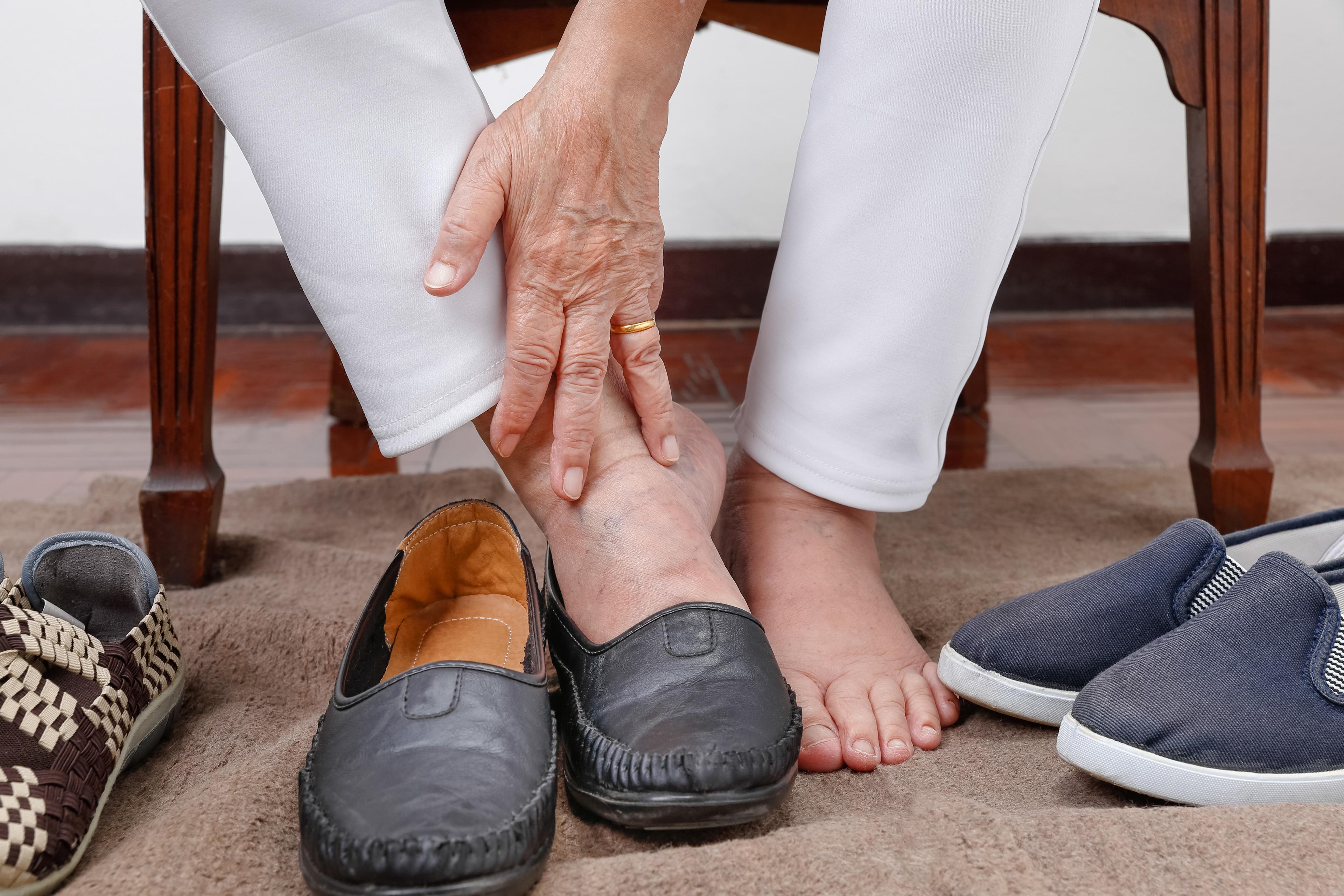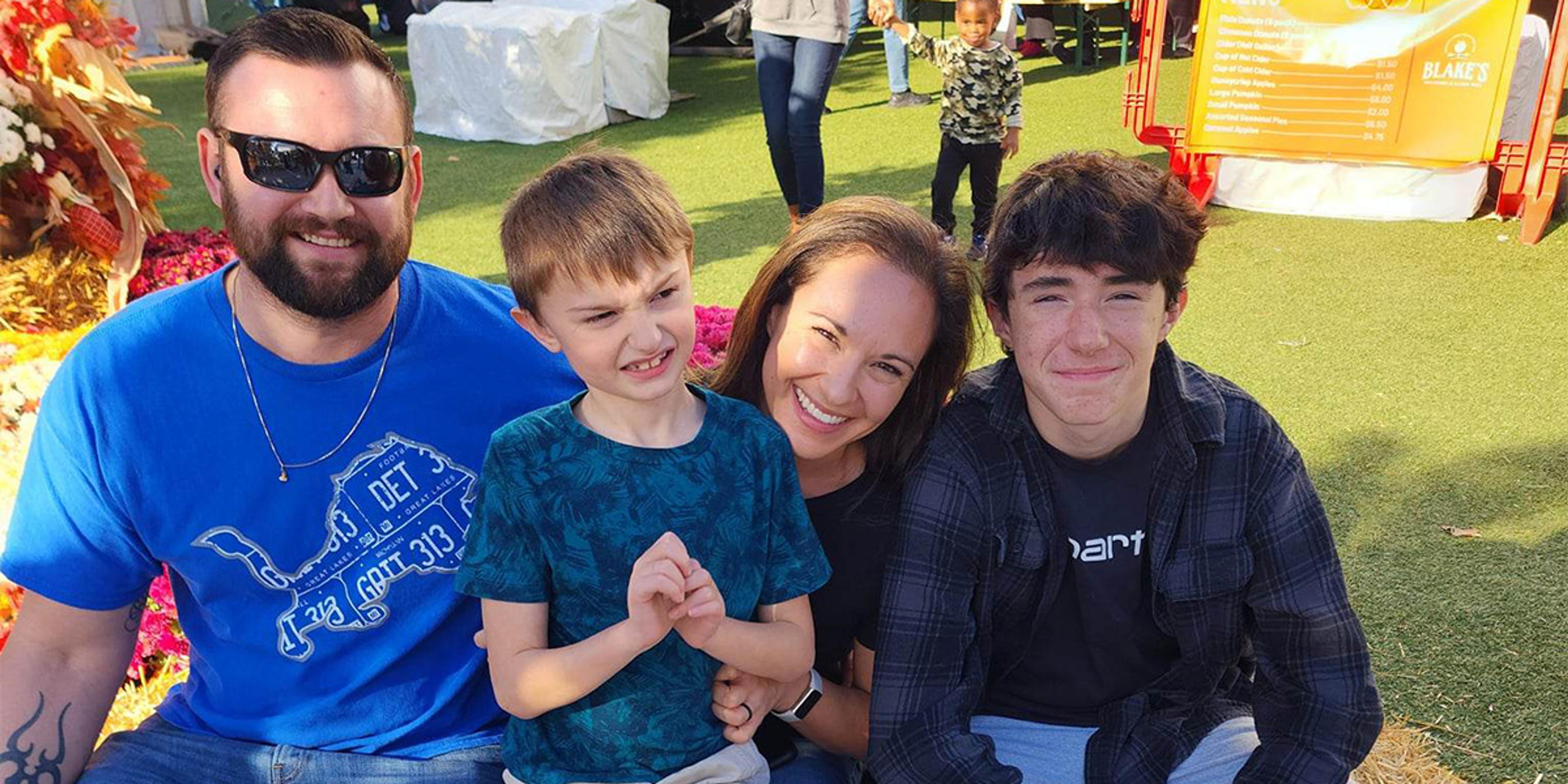Every Seven Hours: Panel Discusses Rising Suicide Rates in Michigan
Julie Bitely
| 5 min read

Last year, the Centers for Disease Control and Prevention released a study reporting a rise in suicide rates across the country. Unfortunately, Michigan wasn’t unscathed, with a nearly 33 percent uptick in suicide deaths between 1999 and 2016. In 2018, 1,364 people lost their lives to suicide in Michigan, which equates to about one person dying every seven hours. At the most recent Health Forum of West Michigan, a panel of experts brought an over-capacity crowd up to speed on who is most at risk, the importance of treating mental illness as a means to prevent suicide and effective treatments for depression. Blue Cross Blue Shield of Michigan is a sponsor of the monthly forums. Panelists included:
- Evonne Edwards, Ph.D., psychologist and clinical director, Pine Rest Christian Mental Health Services
- Philip Henderson, M.D., division chief, Internal Medicine and Pediatrics, Spectrum Health Medical Group
- Kristin Mecklenburg, M.A., LLP, director, Clinical Services and Performance Improvement, Forest View Hospital
- Dawn Rasmussen, L.M.S.W., CSW, program director, Access Center, Network 180
The panel was moderated by Jeanne Englehart, director of Development and Communication for i understand, a West Michigan organization offering support to survivors of suicide. The group is asking people to sign a petition with the intent to change the definition of suicide to focus on why people die by suicide, not how. Proposed language would define suicide as “a terminal side effect of mental illness” or “the result of wanting one’s physical or emotional pain to end.” Englehart came out of retirement to serve as a mental health advocate, after working through her own struggles for years. “My passion for this topic runs very deep,” Englehart said. “All of us are at risk.”
Statistics and risk factors
Edwards provided a comprehensive look at the prevalence of and risk factors that contribute to suicide. In the United States:
- Nearly 45,000 people lost their lives to suicide in 2016
- Suicide is the 10th leading cause of death, although that rises to 2nd for young people between the ages of 15 and 34.
- Women are twice as likely to attempt, while men are nearly four times more likely to die by suicide.
Risk factors for suicide include:
- Suicide is more prevalent in rural areas.
- Minorities, veterans and transgender individuals are all at increased risk for suicide.
- Health conditions such as neurological disorders, seizure disorders, moderate to severe pain, cancer, dementia and sleep disorders raise the risk for suicide.
- Risk factors can also be situational. Relationship problems, substance use, a crisis situation, job loss, legal problems or loss of housing can all put an individual at higher risk for suicide.
Preventing suicide
To treat and prevent suicide, we must treat depression and other mental illness, Edwards said. However, of 329,000 Michigan adults with serious mental illness, 54 percent did not receive treatment in 2015. Edwards said training primary care physicians to identify and treat mental illness can go a long way, as 66 percent of those who die by suicide had actually visited their primary care physician within a month of death. Helping doctors spot signs of mental illness is something Spectrum Health has been working toward, Henderson said. He explained that primary care physicians can serve as a first line of defense in a mental health system that’s often stretched beyond capacity. The health care organization is working to ensure their offices and staff are trained and equipped with a Suicide Safety Behavior Kit. Screening for depression and mental illness is becoming common practice, not matter what patients come in for. “If you’re not screening for it, you’re not going to find it,” Henderson said. Plus, Henderson said the shift in mindset is helping improve patient health. He said patients with diabetes who made no changes to their medical treatment saw improvements in key disease markers once they had their behavioral health concerns addressed.
What works
There are a variety of effective ways to treat depression and prevent suicide, Edwards said.
- Anti-depressant medications have been shown to help reduce suicide.
- Cognitive or dialectical behavioral therapies have been shown to help treat depression, as has electroconvulsive therapy in cases of treatment-resistant depression.
- If a person is suicidal, means restriction is an effective way to prevent death by suicide. This means taking away lethal methods such as firearms, sharp objects, excess medication and ligature items.
Mecklenburg said people in treatment for depression or a suicide attempt need a lot of support. She works with patients and their family members and other support people to put together a detailed safety plan to help identify potential triggers. She said it’s important for the suicidal individual and their support team to understand what to watch for so people can get help before they spiral downward into crisis.
Accessing treatment
If you are insured, check with your health insurance company to secure mental health services. If you are uninsured and in need of mental health care, Rasmussen said your county’s community mental health services should be your first call to determine how to access care. If you or a loved one are experiencing suicidal thoughts, you can also call the National Suicide Prevention Lifeline at 1-800-273-TALK (8255) 24 hours a day. If it’s an emergency, call 911. If you found this post helpful, you might also want to read:
- Combat Stress, Anxiety and Depression
- Seeking Mental Health Care in New Ways
- Suicide Prevention: A Psychiatrist's Perspective
Photo credit: People Images





